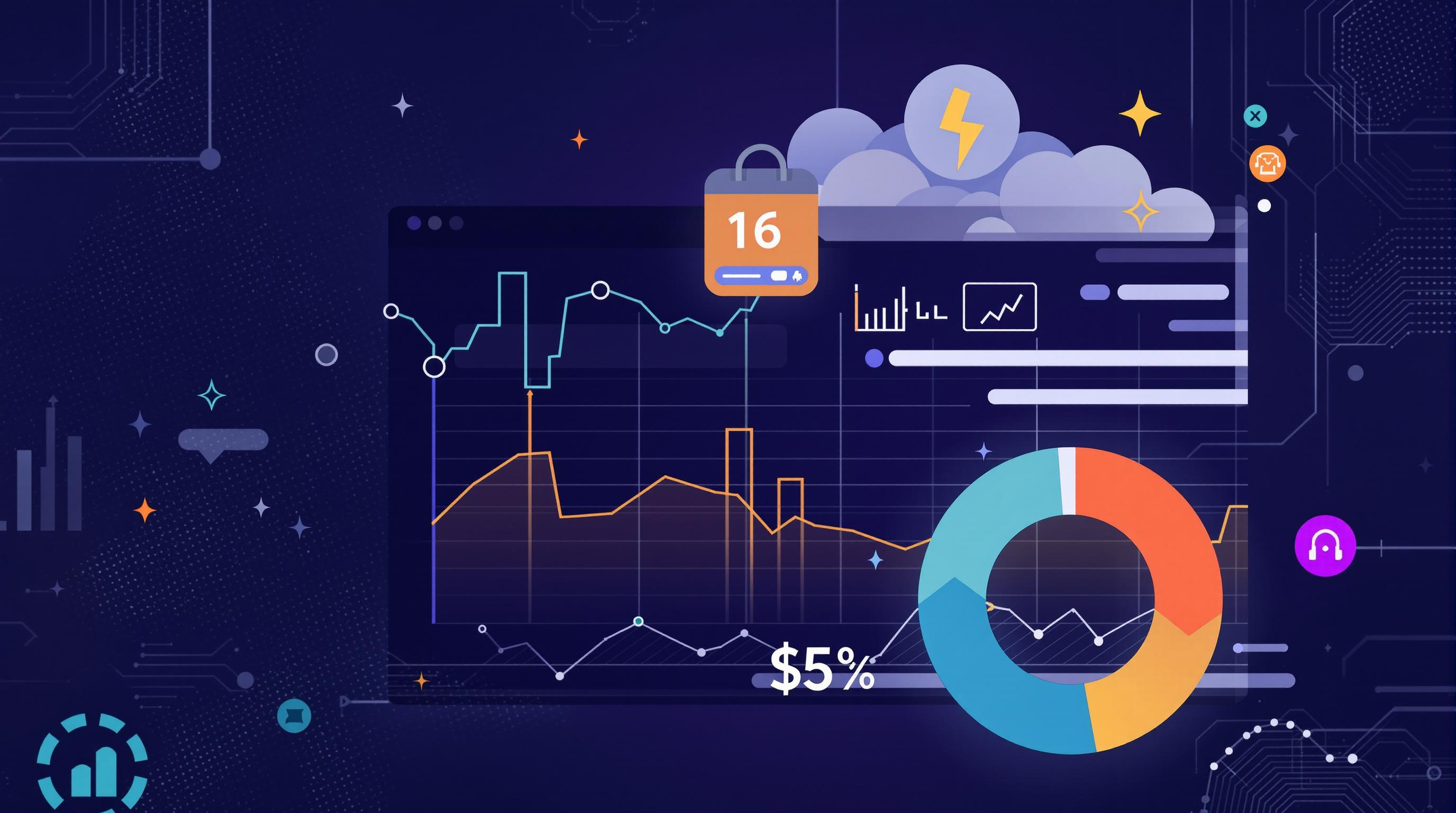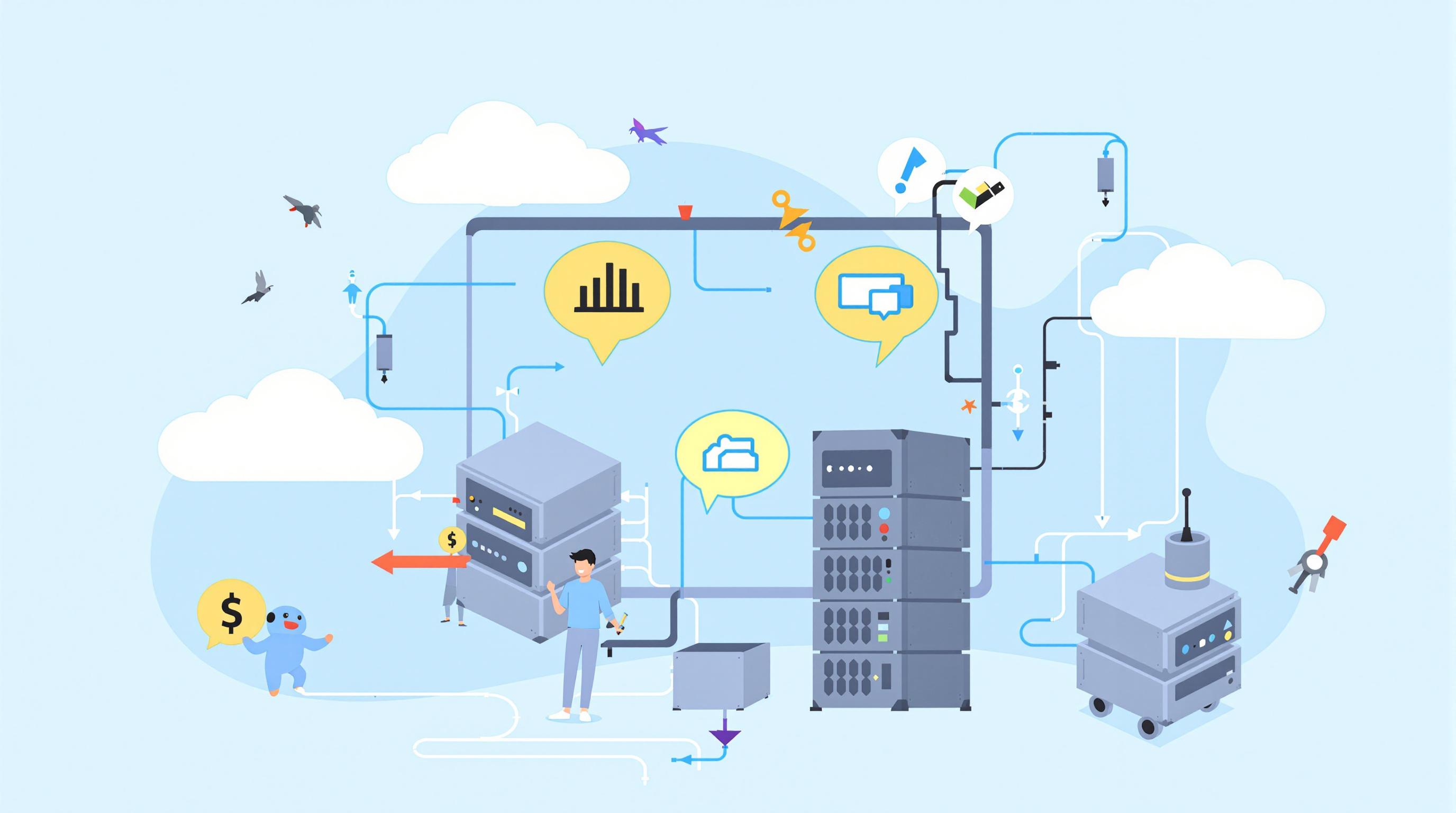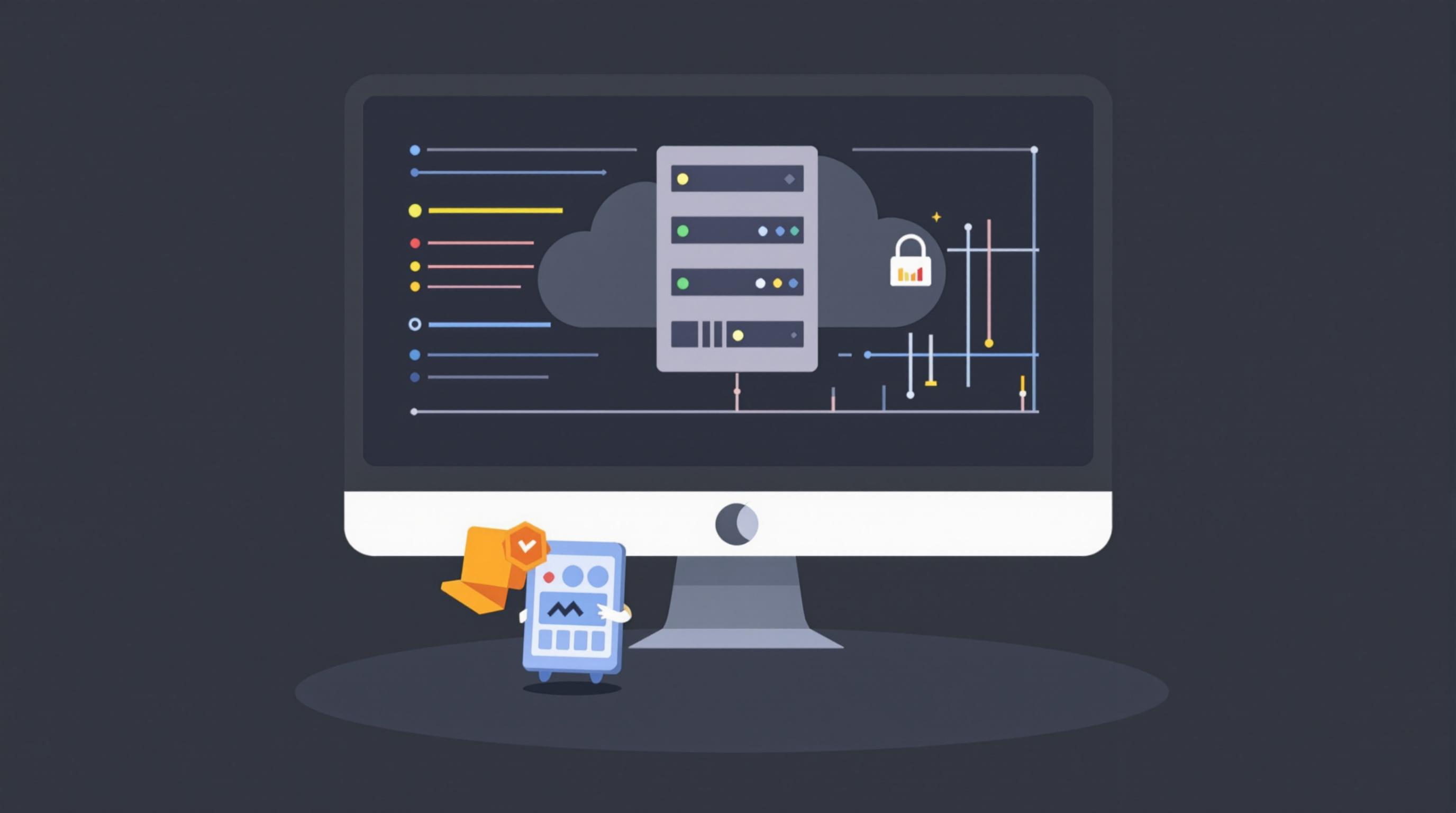Related Articles
- Uncharted Realms: Unveiling Serverless’ Role in Revitalizing Local Economies and Microbusiness Ecosystems
- Unearthing Surprising Synergies: How Serverless Solutions are Reinventing Events and Experiential Marketing Strategies
- Serverless Beyond the Cloud: Unpacking Its Role in Wildfire Management and Ecological Restoration Efforts
- Harnessing Digital Detox: Unplugging to Unleash Creative Energy and Ignite Workplace Performance
- The Surprising Role of Aroma: How Scents Can Unleash Hidden Productivity Boosts in Your Workspace
- Unlocking the Power of Serendipity: How Chance Encounters Can Enhance Team Productivity and Innovation
11 Unique Metrics in Server Management Tools That Illuminate Usage Patterns and Unlock Hidden Optimization Opportunities
11 Unique Metrics in Server Management Tools That Illuminate Usage Patterns and Unlock Hidden Optimization Opportunities
11 Unique Metrics in Server Management Tools That Illuminate Usage Patterns and Unlock Hidden Optimization Opportunities
1. CPU Utilization Over Time
Understanding CPU utilization is essential for optimizing server performance. By monitoring CPU usage over various intervals, administrators can detect trends that might indicate inefficiencies or periods of peak demand. This data helps in planning for scaling operations or managing load balancing during high traffic periods.
High CPU utilization consistently can lead to bottlenecks, ultimately affecting the performance of applications running on the server. By analyzing CPU usage trends, organizations can determine if they are over-provisioning or under-utilizing resources and take appropriate action to balance workload effectively.
Furthermore, correlating CPU usage with application performance can reveal insight into specific applications that may need optimization, allowing IT teams to focus efforts where they will have the most significant impact.
2. Memory Consumption Patterns
Memory consumption metrics provide critical information regarding the efficiency of installed applications. Tracking the memory usage patterns over time helps identify applications that may be consuming excessive resources, which can help inform optimizations or replacements.
High memory consumption not only reduces performance but can also lead to system crashes or slowdowns. By understanding peak and average memory usage, server administrators can make informed decisions on whether to add additional memory or optimize existing applications for better performance.
Utilizing memory consumption patterns can also lead to more strategic application deployment, ensuring that memory-intensive applications are deployed on servers equipped to handle their requirements efficiently.
3. Disk I/O Throughput
Disk I/O throughput is a vital metric that informs administrators about the speed at which data is read from or written to disk storage. Monitoring this metric can help identify storage bottlenecks that might adversely affect application performance.
Different applications have varied I/O requirements, and understanding the disk I/O patterns can reveal whether specific applications are underperforming due to inadequate I/O capabilities. This data can lead to strategic decisions regarding storage upgrades, including transitioning to SSDs or implementing disk striping techniques.
Moreover, visualizing disk I/O throughput trends over time can give insight into usage patterns and help prevent future issues by preemptively addressing potential bottlenecks.
4. Network Latency Metrics
Network latency metrics are essential for understanding the performance of applications that depend on network connections. Monitoring latency can reveal delays in communication between servers and clients, which can significantly impact user experience.
By analyzing network latency patterns, IT teams can diagnose connectivity issues, detect potential bottlenecks, and identify whether the architecture needs refinements. Applications with high latency demands that require immediate remedial action can be prioritized, improving user satisfaction.
Implementing tools that measure end-to-end latency can also provide a holistic view of application performance, revealing opportunities to optimize both network configurations and application deployments.
5. Application Response Time
Application response time is a critical metric indicating how quickly applications load and respond to user requests. Monitoring this metric can illuminate areas for improvement, as slow response times can lead to user dissatisfaction.
By correlating application response times with server load averages and resource utilization metrics, administrators can identify whether latency issues stem from insufficient resources or application inefficiencies.
Gathering data on response times across different times and workloads will help establish benchmarks for acceptable performance levels, allowing for more focused optimization efforts in high-impact areas.
6. User Concurrency Levels
User concurrency metrics track how many users engage with an application simultaneously. Understanding concurrency levels can provide insight into usage patterns and inform capacity planning decisions.
This data helps determine whether servers are adequately provisioned for peak loads or if adjustments need to be made to accommodate growing user bases. Additionally, analyzing concurrency patterns can uncover thresholds at which application performance begins to degrade.
Monitoring user concurrency can also help in fine-tuning load balancing strategies, ensuring that resources are appropriately distributed across servers to handle fluctuations effectively.
7. Error Rates and Types
Error rate metrics provide valuable information about the stability and reliability of applications. By monitoring error occurrences, organizations can pinpoint flaws or misconfigurations that lead to lost productivity.
Consistent monitoring of error types not only helps in immediate troubleshooting but also aids in identifying trends that might indicate deeper systemic issues. Through thorough analysis, IT teams can prioritize which errors to address based on frequency and severity.
Evaluating error rates relative to system capacity and usage spikes can further illuminate optimization opportunities, potentially guiding future improvements in both software and server configurations.
8. Geographic Usage Patterns
Tracking geographic usage metrics reveals where users access applications, providing insights into demographic trends that can inform content delivery strategies. Understanding where users are located helps in optimizing server placement and resource allocation.
Geographic patterns can inform decisions regarding the implementation of Content Delivery Networks (CDNs) to ensure low-latency access to applications. The closer a server is to users, the better the user experience.
By analyzing geographic usage, organizations can also target marketing efforts more effectively, tailoring content and applications to specific regions where demand is highest.
9. Service Availability and Uptime
Service availability metrics are essential for assessing the operational readiness of systems. Uptime percentages indicate how well applications perform without interruptions, informing administrators about their reliability.
Regular context around availability metrics enables organizations to identify scheduled maintenance impacts on service levels and potential areas for redundancy or failover enhancements to ensure business continuity.
Ultimately, tracking service availability over time helps establish reliability benchmarks and empowers organizations to take proactive measures to enhance system resilience.
10. System Resource Contention
Analyzing system resource contention provides insight into how various applications compete for shared resources. Metrics documenting contention can reveal underlying issues with server configurations or application designs that hinder overall performance.
By understanding which applications regularly contend for resources, administrators can take corrective steps, such as adjusting priority settings or redistributing workloads across servers. Contention analysis can also help pinpoint applications in need of optimization.
This metric provides a comprehensive overview of server health and efficiency, offering a pathway for continual improvement that leads to optimized operations and reduced downtime.
Conclusion
Utilizing unique metrics in server management tools is invaluable for optimizing performance and preparing for future demand. Each of these eleven metrics provides insights into different dimensions of server operations, illuminating trends that can transform how resources are allocated and managed.
By observing these Key Performance Indicators (KPIs) and correlating them with historical data, organizations can make informed decisions that increase efficiency, enhance user satisfaction, and ultimately drive business growth.
The integration of these metrics into regular monitoring routines empowers IT teams to seize optimization opportunities, ensuring that complex server environments run smoothly and effectively in an ever-evolving digital landscape.




